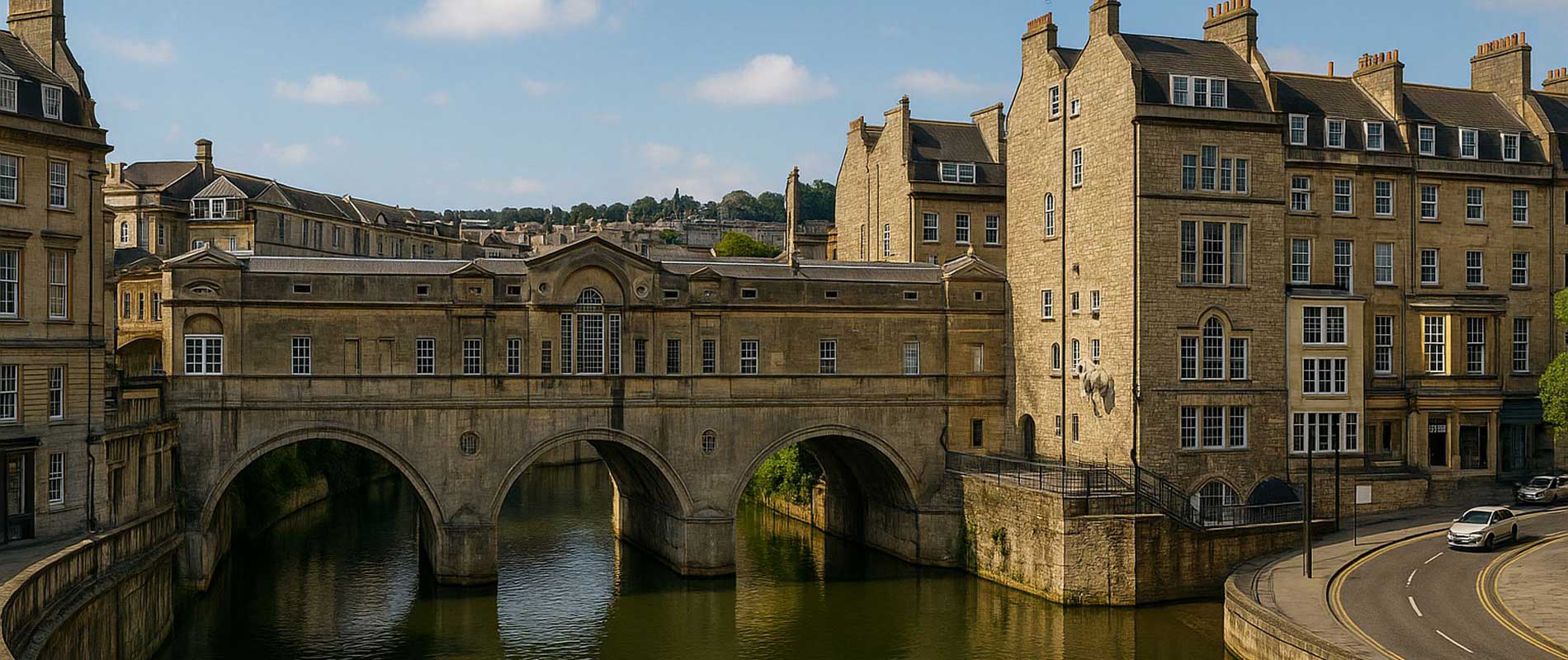How Bath’s Layout Affects Insurance
Bath’s elegant Georgian terraces may look serene, but they’re not always kind to motorists. Narrow one-way lanes, limited parking, and steep gradients all play their part in how insurers assess local risk. Drivers navigating the hills around Lansdown or climbing out towards Odd Down often face tight bends and winter road grit that can nudge premiums higher.
Parking Pressures in the City
In central Bath, parking is at a premium. Many residents rely on on-street bays or small car parks near Queen Square or Walcot. Cars left overnight on-street are more exposed to accidental scrapes and minor theft, which insurers notice. Those with driveways in quieter areas like Combe Down or Bathampton generally benefit from slightly softer pricing.
Traffic and Tourist Impact
Bath’s status as a heritage hotspot means heavy visitor traffic year-round. Congestion on the A36 and London Road at rush hour adds to accident risk, while weekend visitors bring extra pressure on parking and local routes. Frequent stop-start driving is a known factor in small-claim statistics, feeding into local insurance averages.
Weather and Terrain
The city’s hilly terrain and nearby rivers create micro-risks insurers monitor closely. Areas near the River Avon can face higher flood alerts, while steep residential routes in Bear Flat or Widcombe become slippery in winter. It all adds subtle layers to what insurers call environmental risk.
Keeping Costs Sensible
Drivers who can store their car off-road, fit security devices, and maintain a solid no-claims record still tend to fare well in Bath. The city may be beautiful and compact, but from an insurer’s viewpoint it’s also full of variables; historic roads, tight corners, and busy weekends. Knowing how these local traits affect prices helps you see why one postcode differs so much from the next.

